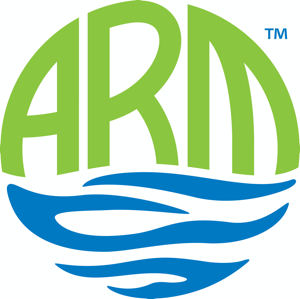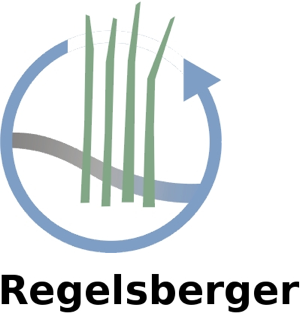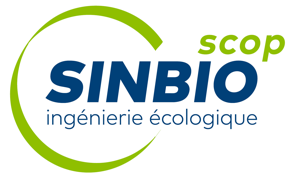Yaxley: A three stage system comprising lagoon with floating reed beds, surface flow horizontal and sub surface flow horizontal to treat 170 m3/d of vegetable wash water.
Yaxley
Additional Info
- In operation since: September 2007
- Type of wastewater treated: Agricultural: dairy wastewater
- Type of wastewater (other): Vegetable wash water
- Hydraulic load: 170 m³/day
- Organic load (PE): N/A
- Organic design load (kg BOD/day): 8.5
- Location: Yaxley, Nr Peterborough, UK
- Client: RB Organic
- Stage 1 type: Lagoon
- Stage 2 type: Free water surface flow
- Stage 2 surface area (m²): 800
- Stage 3 type: Horizontal sub-surface flow
- Stage 3 surface area (m²): 800
- Cost: 95,000
-
Needs:
RB Organic process and supply over 30,000 tonnes of organic vegetables every year. As part of the process soil is washed from the vegetables and the resulting dirty water requires treatment prior to discharge. Historically, the water was treated with chemicals and passed, by batch process, through clarifiers where solids were settled out. Being faithful to the philosophy and ideals of organic farming, RB Organic were keen to eliminate the use of chemicals and reduce the level of labour associated with desludging and chemical dosing operations. The site produces 170m3 of wash water per day which has to meet a standard of less than 30mg/l Suspended Solids and 50 mg/l BOD prior to discharge.
-
Solution:
ARM designed and constructed a 3 stage wetland treatment system to achieve the required removal of solids and BOD from the vegetable wash water. A settlement lagoon drops out the solids and is followed in series by two 800m2 wetland systems which provide further settlement of suspended solids and reduction of BOD. The first is a surface flow system with a soil substrate planted with Typha latifolia and the second a subsurface flow horizontal reed bed with a gravel substrate planted with Phragmites australis.
-
Benefits:
This system provides RB Organic with a wash water treatment system that operates continuously, eliminating the need for costly ongoing chemical use and reducing operational and maintenance labour requirements whilst securing discharges within consent.












